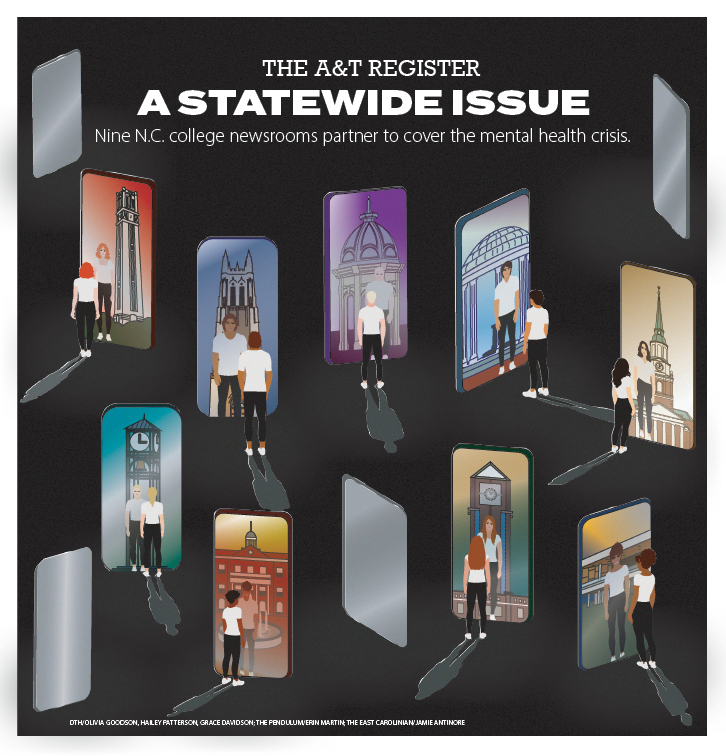Why is everyone in “Where the Wild Things Are” so insanely depressed?
A 100-minute riff on Maurice Sendak’s 336-word children’s book, the film introduces us to the sullen, unruly Max (Max Records), who acts out after his sister’s friends destroy his snow fort, and his single mother (Catherine Keener) dares to have a man (Mark Ruffalo) over for dinner.
Fleeing from his home, Max journeys to a magical land populated by large, furry, bizarrely passive-aggressive creatures searching for a king who will help them keep away the loneliness and sadness.
The matter of why these creatures are so miserable; they’re alternately struggling with anger-management issues; low self-esteem and megalomania, is never addressed.
Little of this backstory, of course, comes from Sendak’s novel; in the book, Max tames the animals, leads them in a rowdy party and then goes home before they can eat him.
But director Spike Jonze (“Adaptation”) and his co-writer Dave Eggers (“A Heartbreaking Work of Staggering Genius”) have decided to transform “Where the Wild Things Are” into the ultimate ode to hipster alienation.
Much like “Garden State,” this visually striking but entirely uninvolving movie is an elaborate exercise in emo melancholia.
It’s the product of a generation raised on Prozac and Paxil, taught to think that the only subject that matters is your own self-absorption.
What it is not, even by the most creative of estimations, is a movie for kids. Photographed by the gifted Lance Acord (“Marie Antoinette”) mostly on the coast of Australia, with an anxious, handheld camera and natural light streaming across the frame, “Where the Wild Things Are” deliberately eschews anything warm, fuzzy or comforting. When Max meets the creatures, late into the night, they leer into the camera and debate about whether they should eat this little boy; a vision that might be described as Felliniesque if there were even an iota of joy coming off the screen.
They don’t eat him (we could only be so lucky that the movie would be over so soon). Instead, “Where the Wild Things Are” follows Max as he develops friendships with Carol (voice by James Gandolfini), who expresses his anger by smashing things up, and KW (Lauren Ambrose), who feels no connection to the clan and keeps drifting away to spend time with a pair of owls.
I get the idea that all of these creatures; along with the meek, goatlike figure Alexander (Paul Dano) and the conniving, unicorn-looking Judith (Catherine O’Hara); are extension of Max’s own personality. But that doesn’t mean you would want to spend any time with them, certainly not considering that most of the “plot” consists of these figures chatting and wandering aimlessly. If anyone sat through Gus Van Sant’s “Gerry,” in which Matt Damon and Casey Affleck walk and walk and walk some more through the desert and wondered,
“What would that be like as a children’s movie?,” well, here’s your answer.
“Where the Wild Things Are” is certainly impressive to stare it. Using a minimum of CGI, Jonze does a marvelous job setting this small boy alongside these very large creatures and creating a universe that seems all of a piece. But there is no reason to care about what’s happening; and even in the supposedly upbeat moments; the famous “wild rumpus,” for instance, rendered here all too quickly as an indie-rock montage; no one seems to be having any fun. And while there’s a certain integrity in making Max such a difficult, abrasive figure, it also makes it impossible to root for him.
By the time Max climbs inside KW’s mouth to escape the hungry jaws of Carol, and then emerges cold, wet and goo-covered, “Where the Wild Things Are” seems determined to claim a dubious honor: the Most Depressing Children’s Movie Ever Made.
You couldn’t exactly call this a betrayal of the source material; the creatures gorgeously approximate Sendak’s original drawings, and the author reportedly loves this film version; so much as a sadistic perversion. For anyone who thought the novel was about channeling frustration into creative and cathartic fantasy, think again. In Jonze and Eggers’ treatment, it’s about how difficult it is to be a genius, and how very horrible it is when no one “gets” you.
C-
- Matt Nettheim






